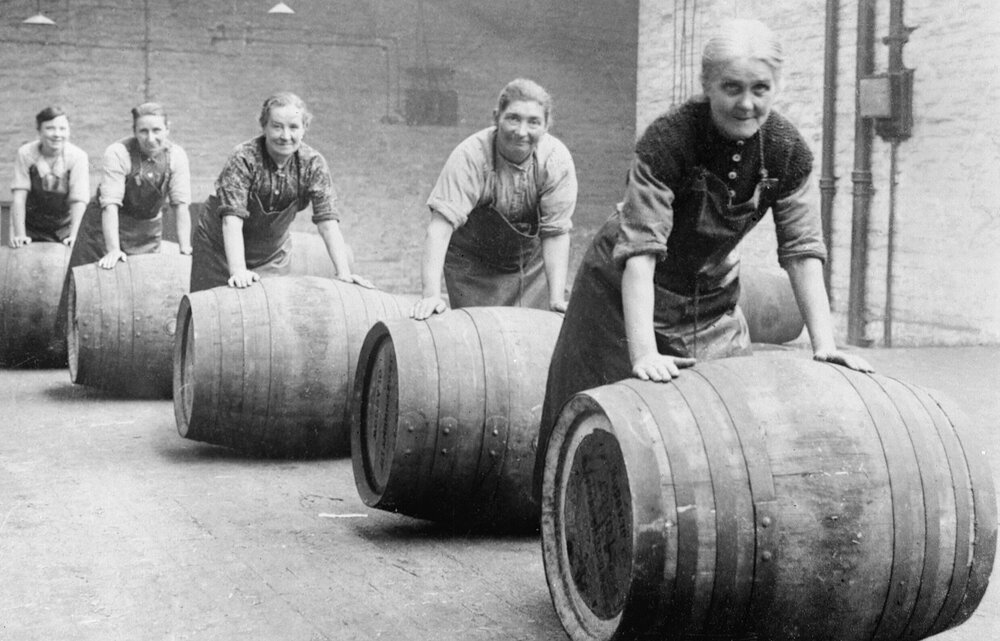
Bitter Women: HOW BRANDS CAN END GENDER BIAS IN BEER DRINKING
Fe Sasson De Campos
08/03/2020
We’ve partnered with Leeds Arts University to give a platform to the brightest young voices in advertising today. Here Fe Sasson De Campos looks at how advertising can end gender bias in beer drinking.
From blokey adverts to the “pot belly” myth, modern beer culture has consistently excluded women.
But this wasn’t always the case. In fact, for most of human history, women dominated the production of beer. This was true of the Sumerians in Mesopotamia (southern Iraq) in 4,500 BC. It was true of the Vikings of the 10th century. And the tradition continued in medieval England with the alewives.
This female-led scenario only changed after the Black Plague, when its survivors decided they needed bigger salaries and, naturally, more beer to spend their money on. Men were attracted to the profitability in the business and quickly took over, excluding women from the industry.
Not only are women no longer brewing, but throughout history we can witness adversities for them to be beer drinkers. Even today, only 9% of women say they drink beer more often than other alcoholic beverages, compared to 40% of men. Gender expectations play a big role in these statistics. As mentioned previously, the beer belly myth is front of many women’s minds: to change drinking habits is to challenge an imposed beauty standard.
We also need to take into account the traditionalism in which beer operated for so long. Pints of ale were for many years the norm and pubs were an environment frequented mainly by inebriated lads. This started to change when the craft beer industry began to grow. Unusual flavours and an experimental sentiment are responsible for shifting preconceptions around beer drinking. It is welcoming to women because it expands the concept of what beer is and speciality pubs offer an ambience that they can relate to more. Given the alcoholic strength and flavour intensity of many craft beers, ordering smaller sizes is more common. Rather than being related to gender, such choice is purely based on the type of beer.
Women are empowered by the freedom that craft beer offers to them, but it cannot rely solely on that niche of the industry. Such sentiment also needs to exist in advertising.
Although the objectification of women within ads is no longer a trend, years of using said technique still influences beer advertising to be hyper-masculine. Women are not portrayed wearing bikinis and acting as a benefit of the product, but campaigns still struggle to resonate with that target audience. Some completely ignore them as a market. Others, aim to make amends by creating beers exclusively for women.
Pink labels fuel sexism and portray the message that women can only drink beer when it is designated to them. Beer is for everyone. Campaigns that are inclusive and welcome the debate of women and beer are the successful way to promote positive change. This was the strategy for Cerveja Feminista, in Brazil, and industry giant, Heineken, who pursued gender stereotypes in alcoholic drinks as a topic worth discussing and were responsible for shedding light on this issue.
By observing shifts that are already happening in the beer industry and learning from past errors in creative campaigns, it becomes evident: advertising, if done successfully, has potential to end gender bias in beer drinking.
Fe Sasson de Campos then used this essay as a springboard for a creative response to brief.




